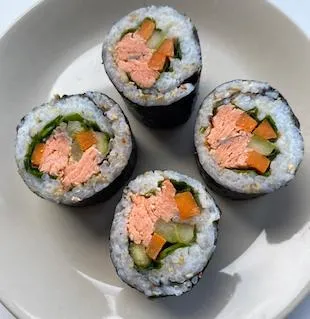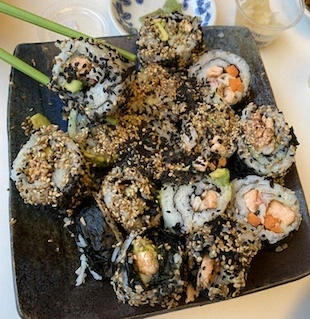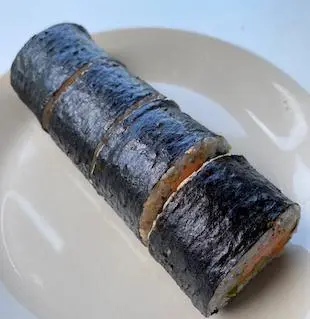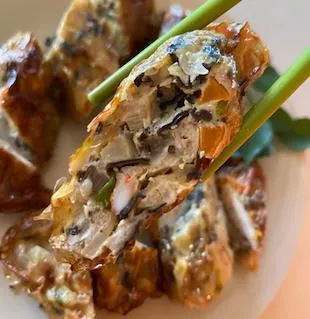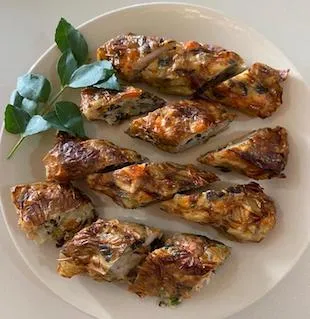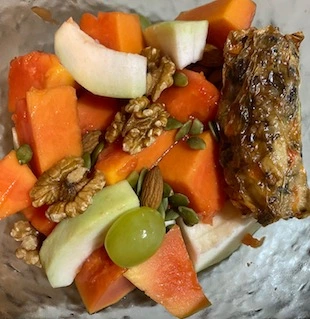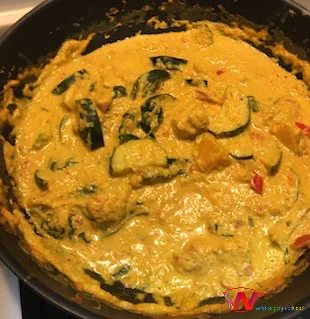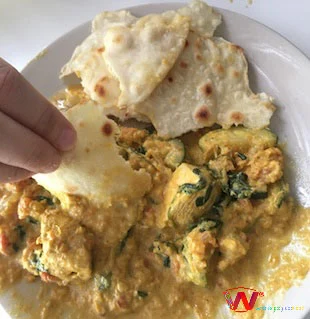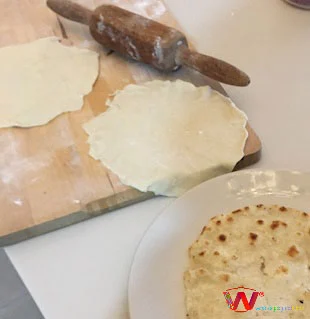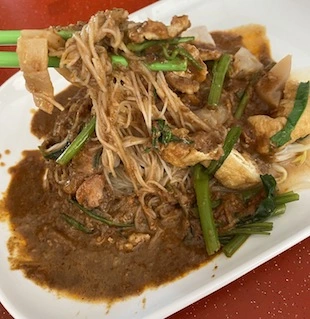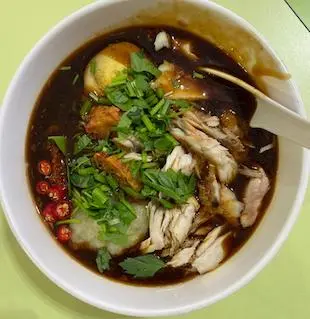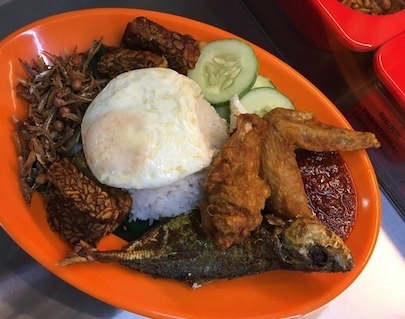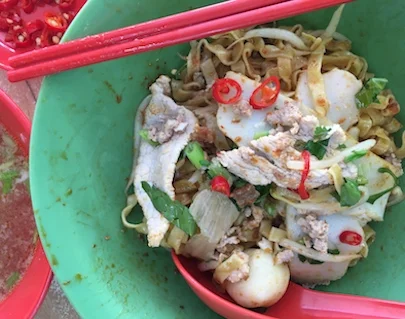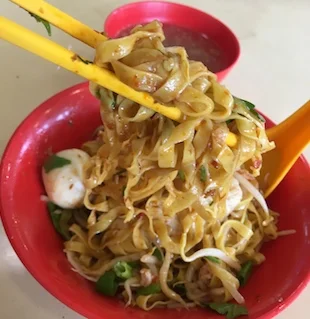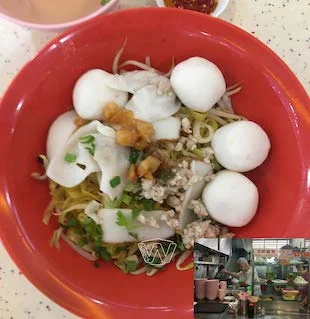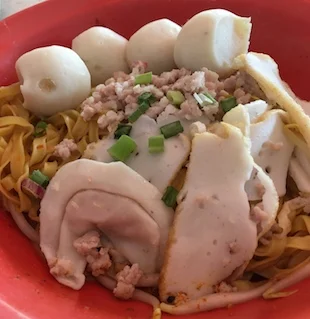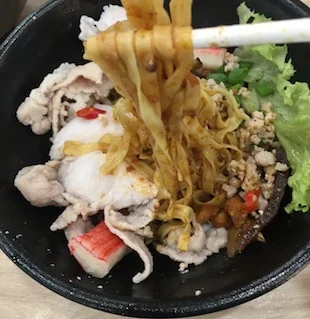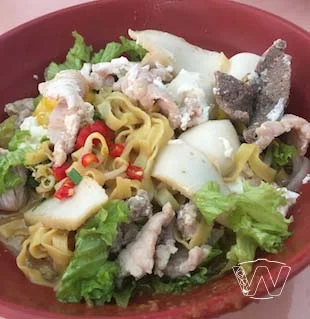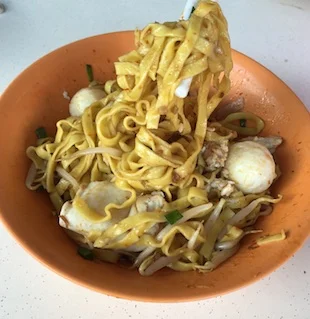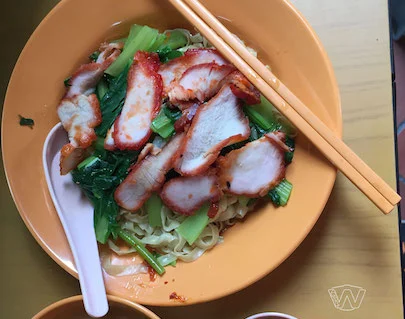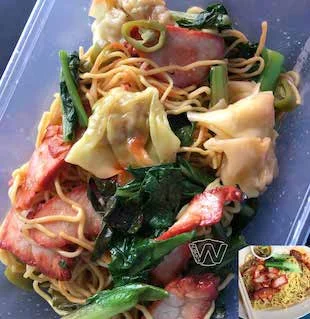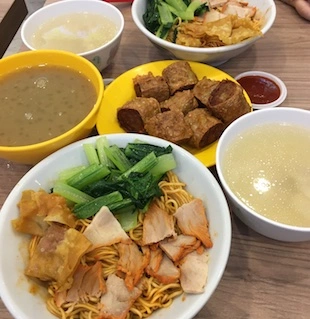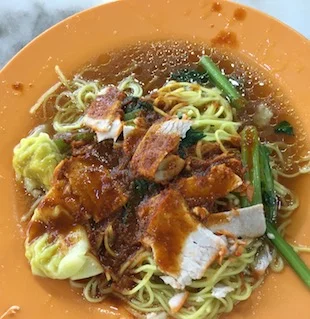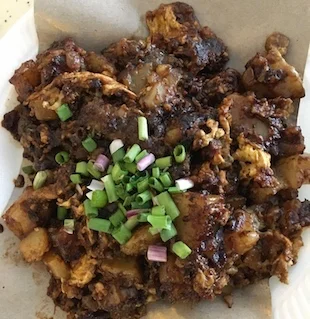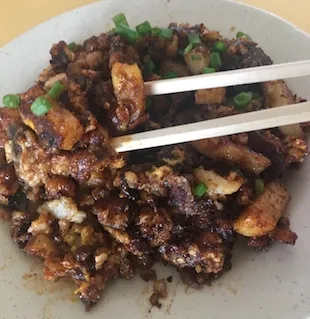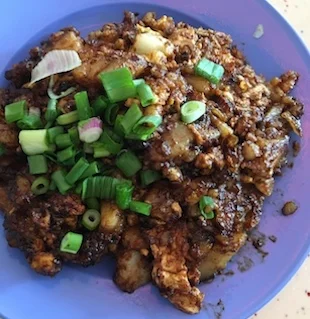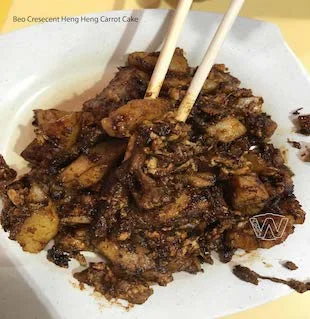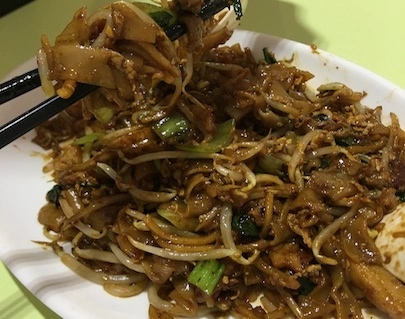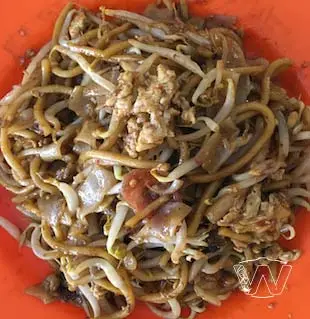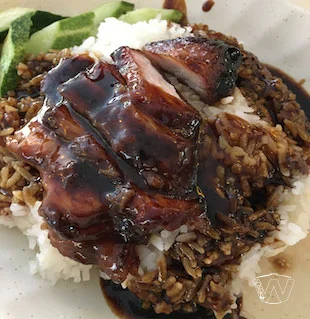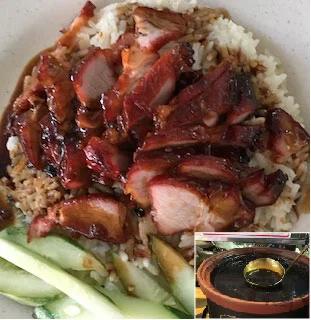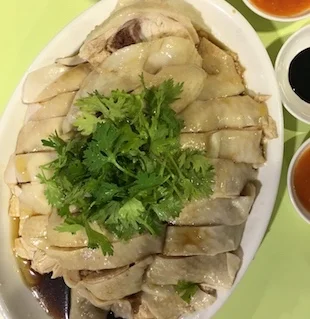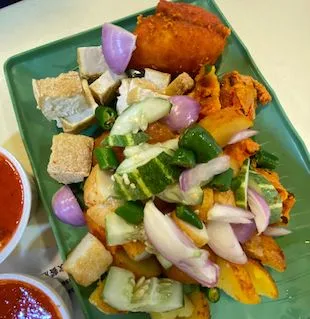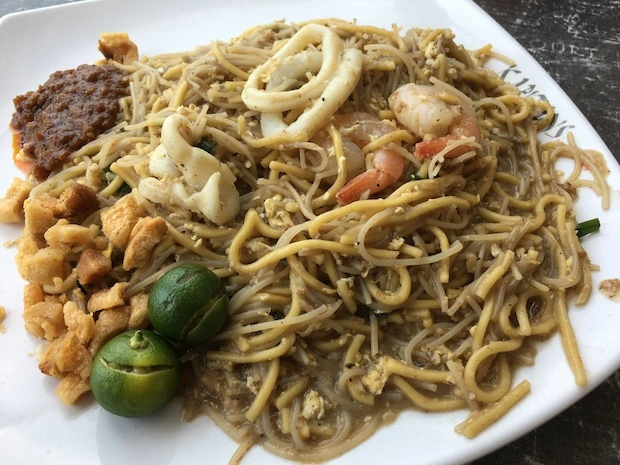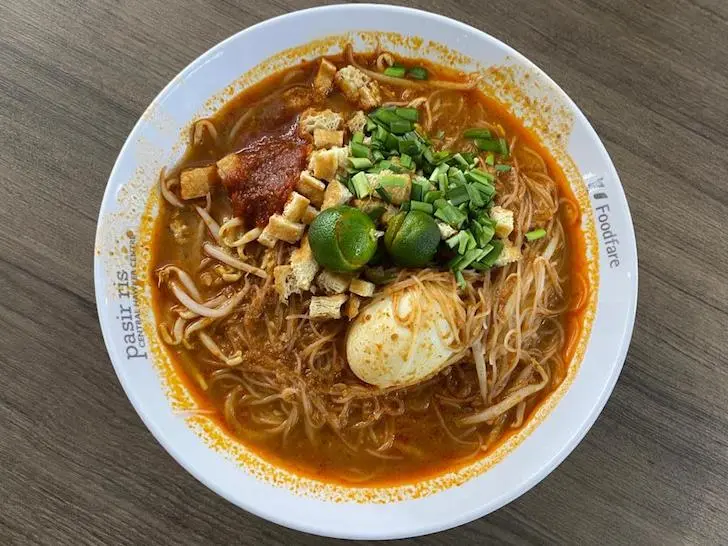Singapore's heritage coffee shop coffee culture is more than using the traditional "sock" netting, long nose container, can and hot water container to make cups, mugs or glasses of coffee replicated in modern twenty to thirty million dollars housing estate coffeeshops, foodcourts (Kopitiam, Koufu, Food Republic, NTUC Foodfare .. ) and coffee chains (ToastBox, Ah Khoon, Fun Toast.. ) while our museums and galleries displays and films may not have captured all of the essence of the coffee culture.
This traditional coffee shop way of making coffee is productive and faster than what modern coffee shops, foodcourts and local coffee chains can do. To prepare for peak hours crowd, especially in the morning, the shelves are lined up with glasses ( contents are visible), empty, with standard amount of sugar and condensed milk for making coffee “o” kosong (coffee black no sugar), coffee “o” (coffee black with sugar) and coffee respectively and for making tea beverages - teh “o” kosong (no sugar) and teh “o” (with sugar). Evaporated milk is added on separately for Coffee "c"and Teh "c" .
The coffee shop assistants, 1 to 3, depending on the size of coffee shop and time, soliciting for orders from the customers at the tables shout the orders out aloud. The lone coffee maker listens to the orders from all directions as he lines up on the table various glasses as many as 10, taken from the shelves, according to the orders that he heard: the empty ones, those with sugar, condensed milk, evaporated milk in each glass and he picks up the long nose coffee “kettle” on one hand, the can with hot water on the other and dispense the coffee and then the hot water into each glass and making different tea beverages in the same way. The coffee assistants pick up the beverages and serve the customers at the tables. For the coffee maker, it is daunting multitasking , "play by ear" listening, remembering the actual orders each assistant verbalized and making the coffee and tea beverages, including toasting and steaming bread and preparing half boil eggs on the spot as he hears. Such skilled coffee maker is hard to find and coffee culture is diminishing if not lost.
Milo drink or Tat-qui, Hokkien dialect for kicking ball referring to the picture on the Milo, Diao-hi (Chinese tea bag with a string attached), “Clementi” ( lemon tea ), Coffee, Tea or Milo ping are relatively new common beverage terms used in coffee shops, food courts and coffee chains.
